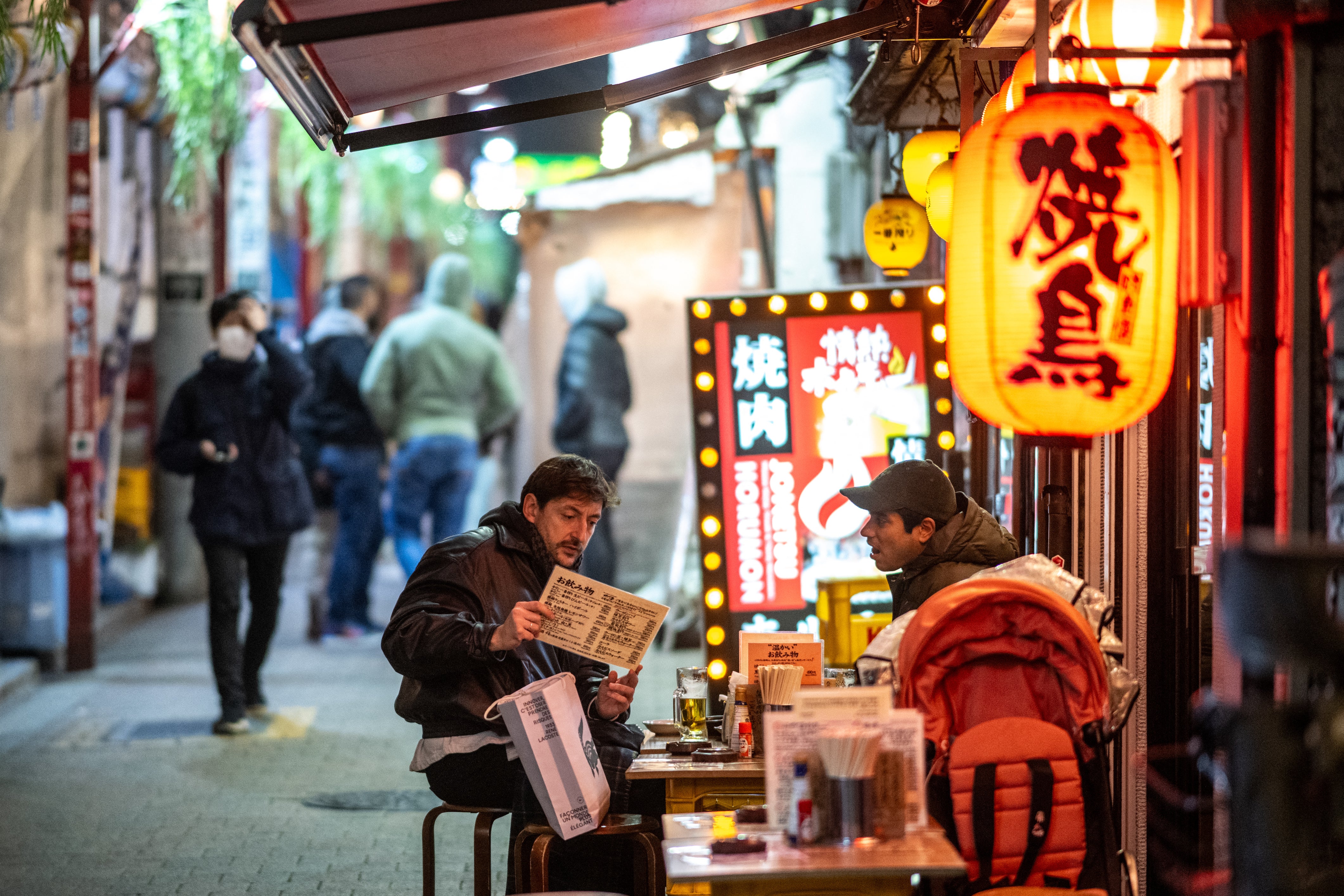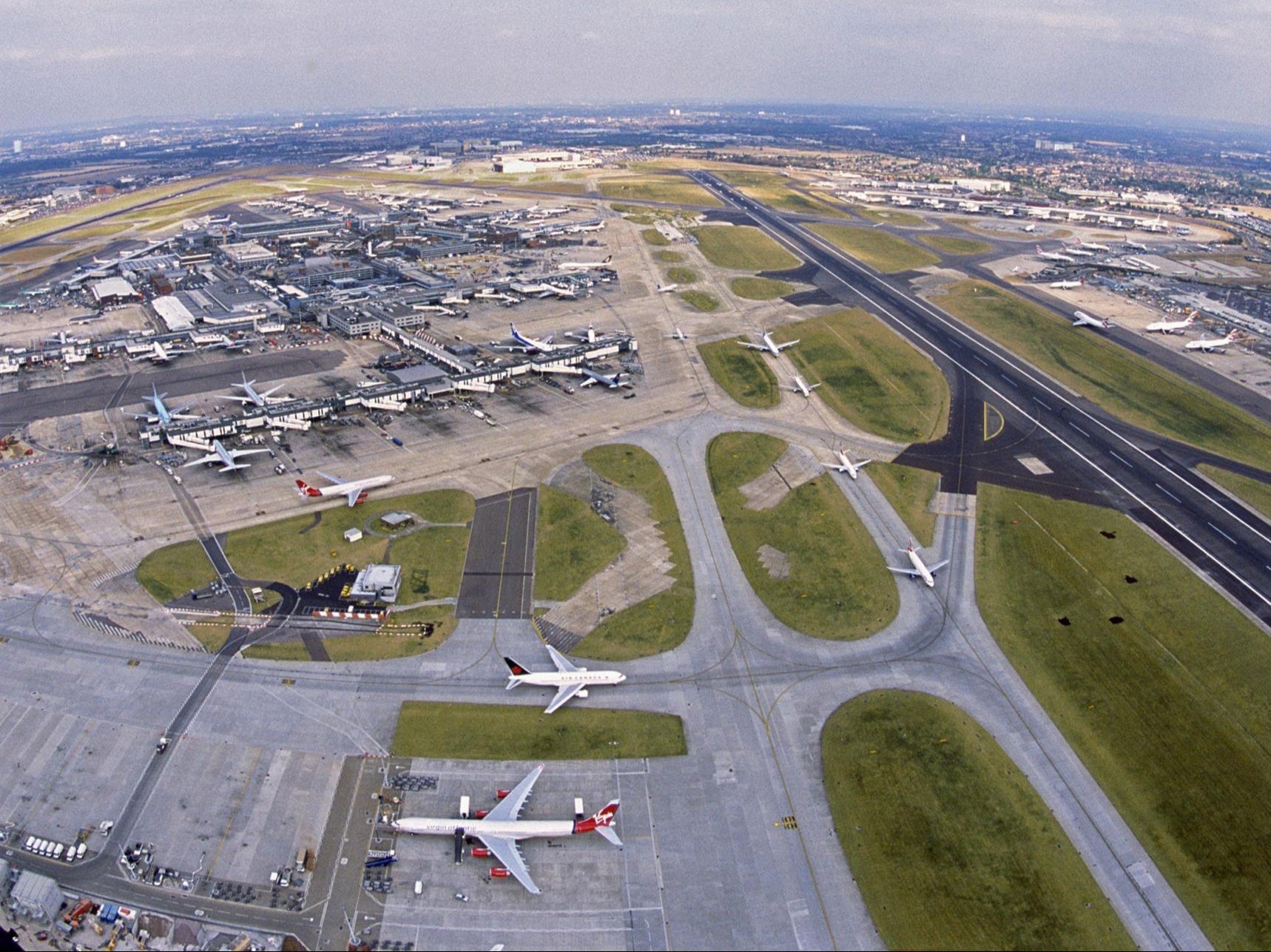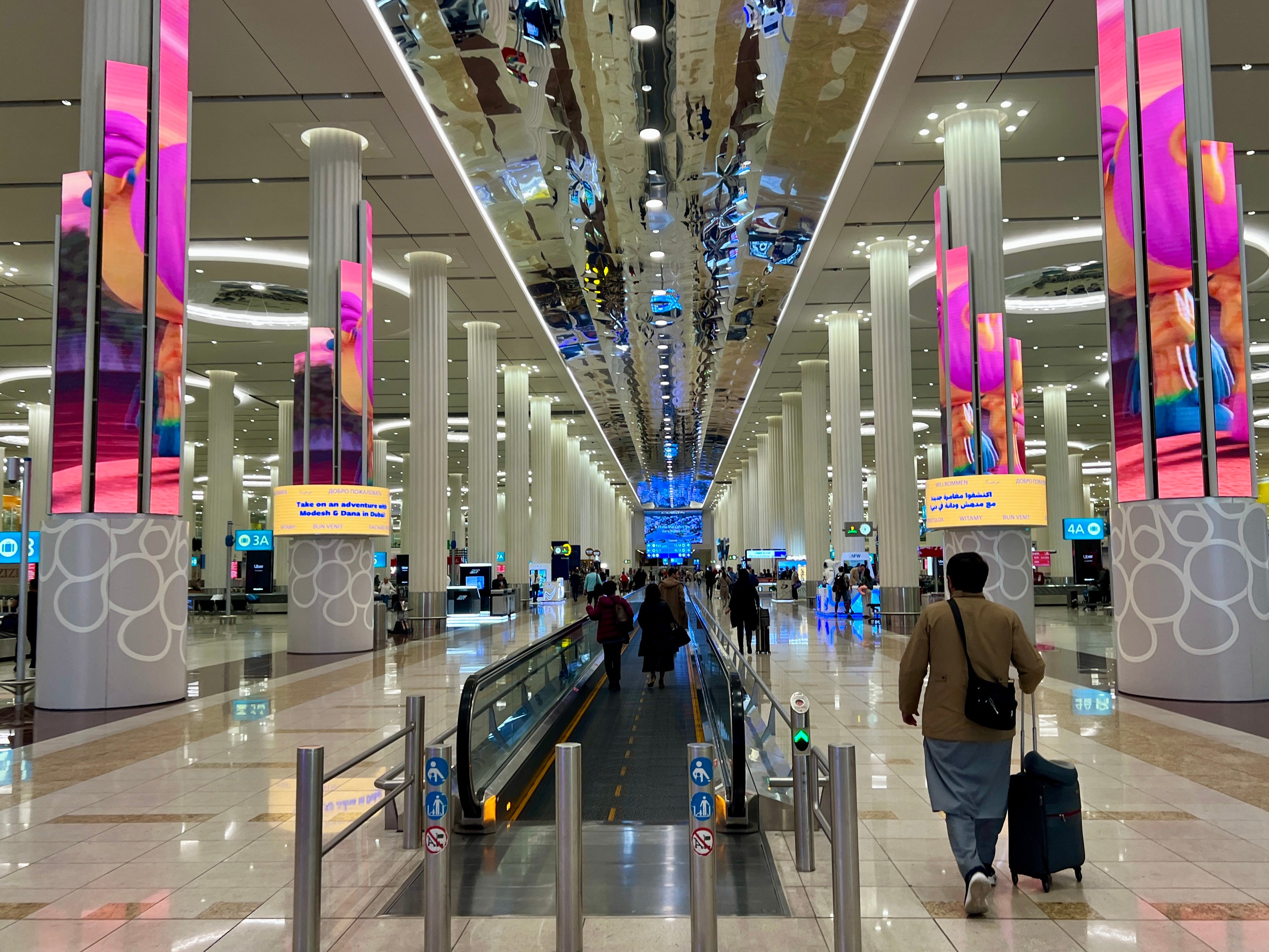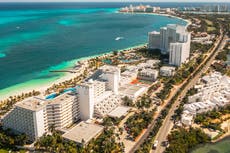How can I see the world in the most sustainable way?
Simon Calder answers your questions on minimising your environmental impact, how to pay in Japan, the plans for Heathrow, and which airport is really the busiest


Q I want to travel as sustainably as possible but I still want to see distant places that involve flying. What choices would you recommend in terms of type of plane, airline and route?
Sarah O’Neill
A I fly more than average, and have two rules: always economy and minimal luggage. Flying a business or first-class seat around the world consumes several times more fuel than an economy seat. The more that travellers demand premium seating, the more that airlines will provide posh, heavy seats that are far less densely packed than economy. So don’t add to the demand.
Flying humans around is damaging enough without also carting large amounts of their possessions. Travelling with cabin baggage only, weighing just a few kilograms, limits the damage and saves you money.
Routes are also important. In general, “point-to-point” flights are significantly less damaging than connecting journeys: a substantial amount of fuel is used for each take-off, so in principle the fewer the better. You are also able to fly more directly. For example, a connecting flight from Manchester to Amsterdam to Madrid covers one-third more miles than the direct link to the Spanish capital.
One exception to the “non-stop best” rule is the ultra-longhaul flight from London to Perth in Western Australia, covering over 9,000 miles. Because the Qantas Boeing 787 carries so much fuel for later in the journey, it burns much more than would be the case by adding a refuelling stop in Mumbai or Colombo, both close to the most direct route.
If the distant places you have in mind are in eastern Australia (such as Sydney and Melbourne) or east Asia (Hong Kong, Shanghai or Tokyo), then the best way to limit your impact is to travel on one of the Chinese airlines that are allowed to overfly Russia. The fuel burn is at least 10 per cent less than that of the European carriers, which are obliged to take much longer flight paths to avoid the world’s biggest country. You change planes in China for your final destination.
Finally, the newer the plane, the more efficient it will be. Choose airlines with relatively modern fleets, such as Pegasus of Turkey, Play of Iceland, and Wizz Air of Hungary. And steer clear of Delta, which has some extraordinarily old Boeing 757s and 767s. They are perfectly safe, but unfashionably thirsty.

Q We’re going on an escorted tour of Japan at the beginning of May. The Foreign Office website says that credit cards are not usually accepted as Japan is still a cash-based society. We normally take very little cash with us, relying instead on a Halifax Clarity card. Can you please clarify this for us?
Brenda S-J
A Large parts of the world are now financially navigable solely using plastic or smartphones. I have just returned from a trip taking in Dubai, Singapore and three Australian states: only once was real money expected, for a bus ride in Hobart, Tasmania. Conversely, though, some locations that you might expect to be highly advanced in terms of non-cash payment systems are way behind. For example in Seoul, South Korea, ticket machines for the extensive subway system accept only cash.
In Japan, the picture for payment in yen is mixed: in Tokyo and other cities with lots of tourists, card acceptance is widespread – particularly in more upmarket venues. But local cafes and restaurants of the kind that most travellers adore, as well as markets, are largely cash-only.
As you are on an escorted tour, presumably with most meals provided, you will not need to take too much cash. The tour operator is likely to recommend an amount that, in my observation, may well prove too much. For a two-week trip you might want to take about £200 (roughly £14 per day) and, if necessary, top up from an ATM along the way. Coming back with surplus yen is unhelpful.
As you have a Halifax Clarity card, any card purchases you make will be fee-free; I use one solely for spending abroad. But as anywhere, beware of “dynamic currency conversion” – where you are offered the chance to pay in sterling rather than yen. The one guarantee is that the exchange rate will be unfavourable. Always pay in local currency.

Q On Heathrow airport expansion: this new nomenclature all looks rather confusing. Why don’t they just rename Terminal 5 as Terminal 1, since Terminal 1 has been scrapped?
Kristian G
A The context for your question: London Heathrow is planning to expand over the next decade or so. If expansion survives the legal process, adding a third runway will allow traffic – and passenger numbers – to increase by up to 54 per cent. So lots of extra terminal space will be needed.
While Heathrow will not be drawn on details, a 2019 consultation document gives clues as to how the extra capacity could be created. Terminal 2, at the eastern end of the airfield, currently comprises a main building (T2A) and a satellite (T2B). A second satellite, T2C, is planned to the east, with another (T2D) to the west. These extra facilities would replace Terminal 3, which will be demolished.
Meanwhile at Terminal 5 – used by British Airways – the most distant of the existing satellites, T5C, will be extended to create more gates. Another terminal, T5X, will be built to the west behind the existing Terminal 5. It will eventually be connected to yet another terminal, called T5X North.
Why have an airport with three terminals numbered 2, 4 and 5 rather than the more obvious 1, 2 and 3? Partly because each terminal has its own strong identity in the minds of regular travellers. Terminal 2 is the smart new home for all the Star Alliance airlines; T5 is the British Airways base; and Terminal 4 is the odd one on the edge.
Also, the scope for confusion, among staff as well as passengers, from renaming a terminal is substantial. There is a parallel on the railways: if a station is extended with an extra platform beside platforms 1, 2, etc, as has happened at London King’s Cross, Cardiff Central and Doncaster, it is named platform 0. That may look a bit daft, but people get used to the idea, and it is easier than shuffling everything along by one.
To go back to your original question. The big additions to Terminal 5 – T5X and T5X North – could theoretically be combined together as a new Terminal 1, but I gather Heathrow wants everything at the western end of the airport to be T5 branded.

Q I’ve just read your latest feature about travel in the UAE. I thought Atlanta was the busiest airport, not Dubai?
Martin G
A Two questions about mega-airports in successive days. Yesterday it was all about the terminals at a perhaps-soon-to-be-expanded London Heathrow. Today it’s about scale, and how the world’s biggest hubs shape up. London Heathrow used to call itself “the world’s busiest international airport”, when what it actually meant was “we have more international passengers than anyone else”. But since 2014, it has been overtaken by Dubai anyway.
The exact words I wrote were: “A decade ago, Dubai took Heathrow’s title as the world’s biggest hub for international passengers.” The key word there is “international”. Atlanta Hartsfield airport is the clear global winner in terms of both passenger numbers (approaching 110 million last year) and flight movements, with Dubai well behind in second place. But the Georgia hub is mainly concerned with domestic connections, and in particular linking the big east-coast cities with the rest of the US.
Yes, Atlanta has international flights – mainly serving Latin America and Canada – but far fewer than the big European and Gulf hubs. According to the latest figures, only around one in eight passengers using Atlanta was flying internationally. Heathrow more or less reverses that, with just one in eight of its 83.9 million annual travellers taking domestic flights. At Dubai, 100 per cent of the 93.4 million passengers handled last year were international; there are no domestic links.
In terms of revenue, international passengers are generally more valuable than domestic travellers. At an airport like Dubai, passengers are typically flying many thousands of miles and paying handsomely for the privilege. They are also carrying (or rather checking in) far more luggage than US domestic travellers. And the wide-bodied aircraft used are flying lots of cargo around. So if you expand the concept of “busy” beyond simple passenger numbers, Dubai and Heathrow have more activity than Atlanta. Certainly they feel much busier.
To round off the picture worldwide: Dallas-Fort Worth and Heathrow are neck-and-neck for third place in terms of passenger numbers. In fifth is Tokyo Haneda, with Istanbul challenging. The biggest continental rival to Heathrow, Paris CDG, is fairly well down the table in 11th place.
Email your question to s@hols.tv or tweet @SimonCalder

.jpeg?quality=75&width=230&crop=3%3A2%2Csmart&auto=webp)
Join our commenting forum
Join thought-provoking conversations, follow other Independent readers and see their replies
Comments